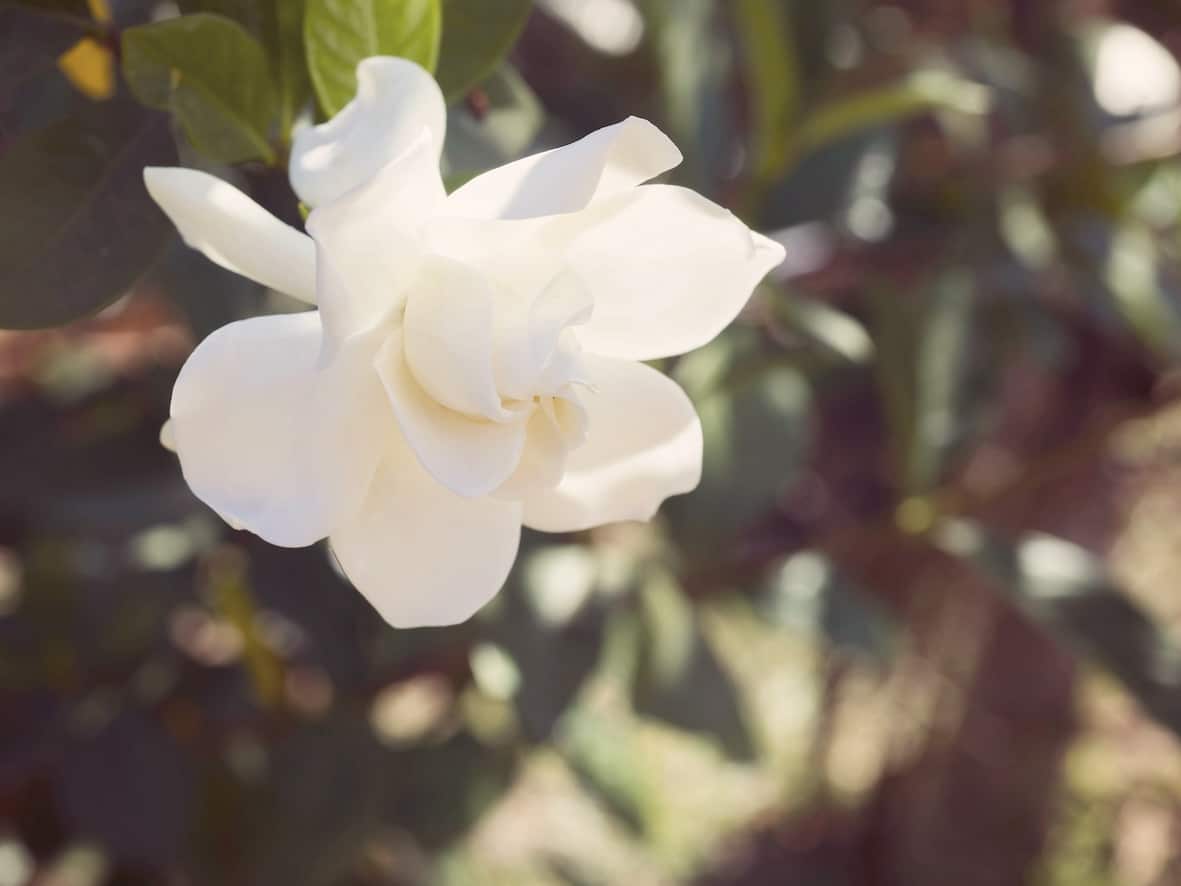Avoid These 5 Gardenia Growing Mistakes for Stunning Blooms

Gardenias are loved for their sweet fragrance and stunning white blooms. However, they are known to be finicky plants, which can make them a challenge for even experienced gardeners. The good news is that most gardenia problems stem from a few common mistakes. By understanding these issues and learning how to avoid them, you can enjoy healthy, thriving gardenias in your garden.
Mistake 1: Using the Wrong Soil
Gardenias need acidic soil to grow well. Neutral or alkaline soil can prevent them from absorbing essential nutrients, causing yellow leaves and stunted growth. They also prefer well-draining soil to keep their roots healthy.
Solution:
- When planting in the ground, mix the existing soil with an acid mix or peat moss to create the right conditions. This helps keep the soil acidic and rich in nutrients.
- For potted gardenias, use a potting mix specifically formulated for acid-loving plants. Ensure the pot has drainage holes to prevent waterlogging.
- Gardenias have shallow, fibrous roots. To keep them well fed, spread the acid mix over the topsoil periodically. This ensures nutrients stay available where the roots can absorb them.
- Add mulch around the base of the plant to protect the shallow roots. Mulch helps retain moisture and keeps the roots cool. Avoid piling mulch against the trunk to prevent rot.
- Regular soil testing can also help you monitor pH levels and make adjustments as needed. Gardenias thrive in a pH range of 5.0 to 6.5, so keeping the soil within this range is essential.
Mistake 2: Watering Incorrectly
Gardenias need consistent moisture but don’t like soggy roots. Too much water can cause root rot, while too little can dry out the plant and reduce blooming.
Solution:
- Water gardenias when the top inch of soil feels dry. Stick your finger into the soil to check. If it’s dry, it’s time to water.
- During hot weather, water gardenias twice a week to prevent stress. Mulching also helps to maintain consistent moisture levels.
- Always ensure good drainage, especially for potted plants. Water should never pool around the roots.
- Avoid letting the plant dry out completely. This can lead to dropped buds and weak growth.
- Use rainwater if possible, as tap water can sometimes be too alkaline. Collecting rainwater in a barrel is an excellent way to ensure your gardenias get water that complements their acidic soil needs.
Mistake 3: Ignoring Nutritional Needs
Yellowing leaves are often a sign that gardenias are not getting the nutrients they need. They require regular feeding to stay healthy and produce blooms.
Solution:
- Fertilise every 4-6 weeks during the growing season using a product designed for acid-loving plants.
- If you notice yellow leaves, add iron to the soil. This helps correct a common nutrient deficiency in gardenias.
- Avoid fertilising when the plant has buds or is in bloom. Fertilising during these stages can shock the plant and cause buds to drop.
- Always follow the fertiliser package instructions to avoid overfeeding, which can burn the roots.
- In addition to iron, ensure the fertiliser contains other micronutrients like magnesium and manganese, which are crucial for healthy growth. Gardenias are sensitive to imbalances, so a balanced approach is key.
Mistake 4: Placing Gardenias in the Wrong Location
Gardenias thrive in spots with plenty of bright light but struggle in areas with harsh conditions. Too much shade can reduce blooming, while too much heat can scorch the leaves and stress the plant.
Solution:
- Choose a location with morning sun and afternoon shade. This protects the plant from the hottest part of the day while providing enough light to promote blooms.
- Avoid placing gardenias near reflective surfaces like concrete walls or metal fences. Radiant heat from these surfaces can damage the plant.
- If you’re growing gardenias indoors, place them near an east-facing window where they’ll get bright, indirect sunlight.
- Consider the airflow around your gardenias as well. Good air circulation helps prevent fungal issues, which can thrive in stagnant, humid conditions.
Bonus Tips for Thriving Gardenias
Pruning
Prune gardenias after they finish blooming. Remove spent blooms and dead branches to encourage new growth. Avoid heavy pruning during blooming periods, as this can reduce flower production. Regular pruning also helps improve airflow around the plant, reducing the risk of fungal diseases.
Pest Management
Check your gardenias regularly for pests like aphids, mealybugs, or scale insects. Treat infestations promptly with insecticidal soap or neem oil to prevent damage. Natural predators like ladybugs can also help control pest populations without harming your plants.
Mulching
Keep a layer of mulch around your gardenias year round. Mulch helps conserve water, regulate soil temperature, and prevent weed growth. Use organic materials like bark or straw. Refresh the mulch annually to maintain its effectiveness and ensure it continues to benefit the plant.
Propagation
If you want to grow more gardenias, consider propagating them from cuttings. Take a healthy stem cutting, dip it in rooting hormone, and plant it in a pot with welldraining soil. Keep the soil moist and place the cutting in a warm, humid environment. With patience, you can grow a new gardenia plant to expand your collection or share with friends.
Wrapping Up
Gardenias may be challenging to grow, but with the right care, they reward you with beautiful blooms and a heavenly fragrance. Avoiding these common mistakes will help you create the perfect environment for your gardenias to thrive. Focus on providing the right soil, consistent watering, proper nutrition, and suitable environmental conditions.
Remember, gardening is a journey of learning. If you run into challenges, don’t get discouraged. With patience and practice, you’ll master the art of growing gardenias. If you’re looking for high-quality gardenia plants, fertilisers, or advice, visit us at Diaco’s Garden Nursery. We’re here to help you make your garden flourish and enjoy the beauty of gardenias for years to come.
-
 7, Mar, 2025
7, Mar, 202510 Plants That Boost Office Wellbeing and Productivity
Modern offices can feel removed from the natural world. You... -
 23, Jan, 2025
23, Jan, 2025Creating Harmony: Ideal Companion Plants for Your Gardenias
Gardenias are some of the most beloved plants in Australian... -
 2, Jan, 2025
2, Jan, 20258 Common Gardenia Problems and How to Fix Them Easily
Gardenias are cherished for their fragrant white flowers and glossy...


